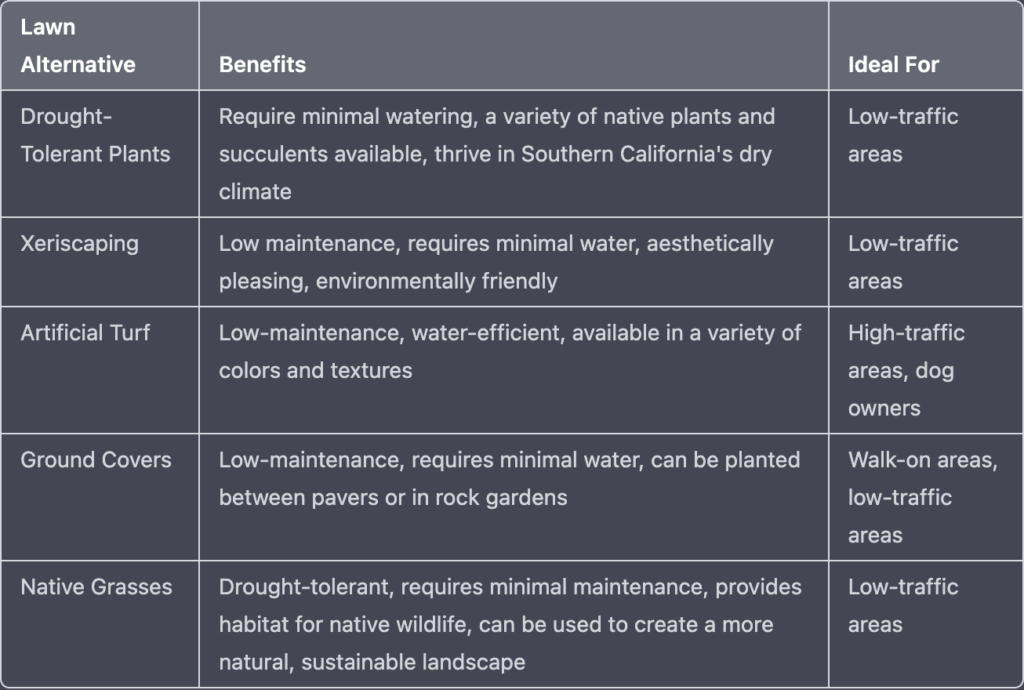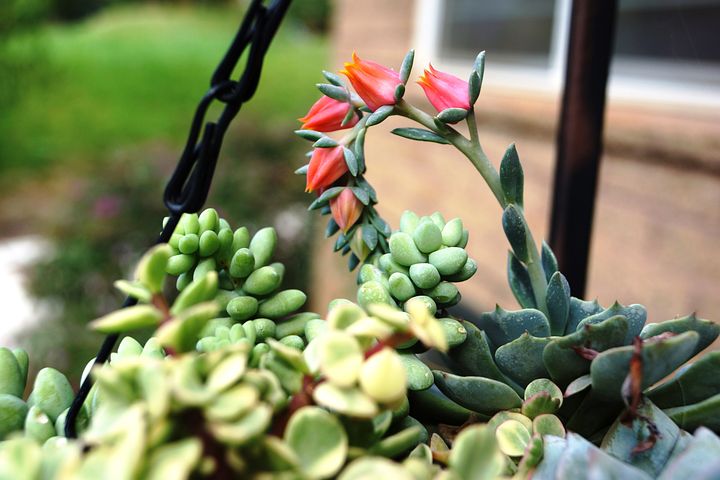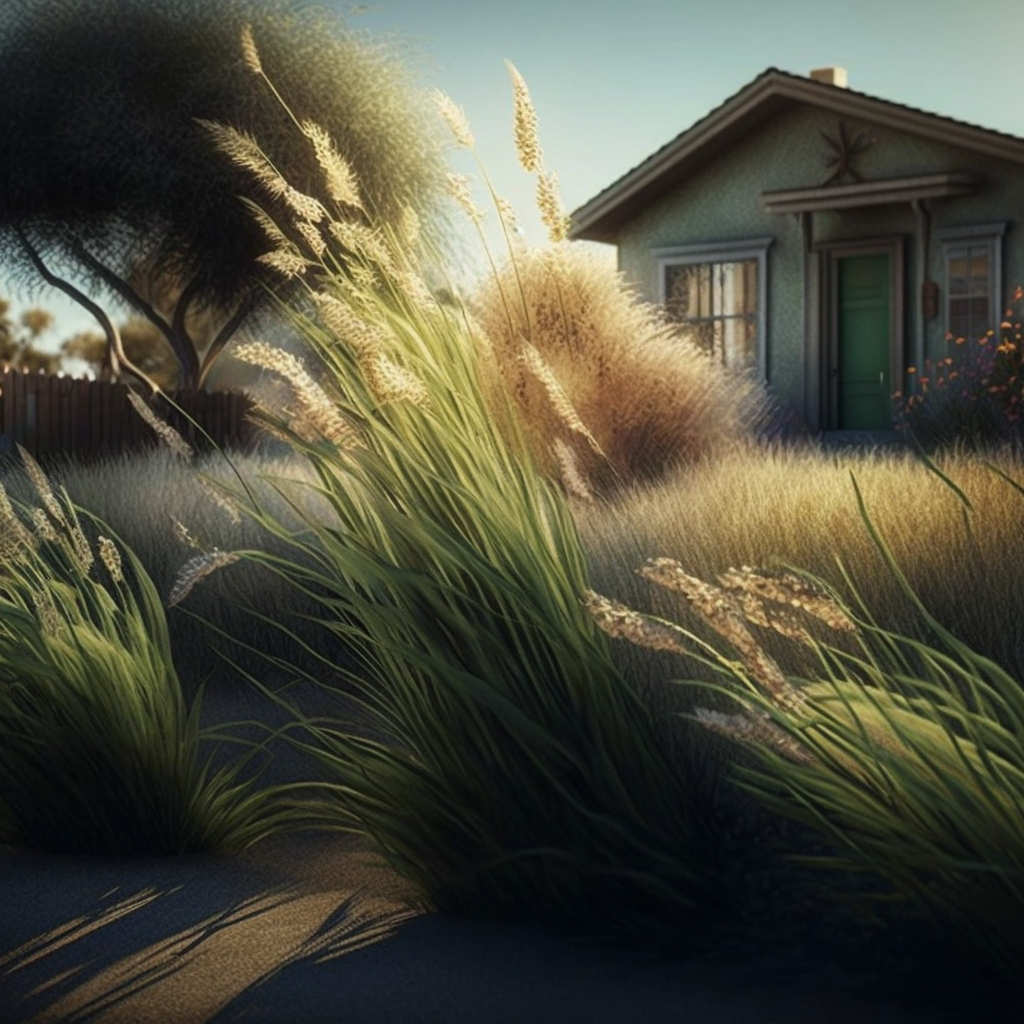It is becoming increasingly obvious that people are moving away from traditional grass lawns for a variety of reasons, and are looking for lawn alternatives for Southern California. Firstly, grass lawns are expensive to maintain in climates drier climates such as California. Furthermore, almost everyone has had to spend a perfectly good Saturday morning mowing a lawn when they could have been doing anything else. Many are looking for grass alternatives for Southern California that suit their lifestyle, aesthetic, and budgetary needs. It is time for a change! This post will outline your options and the advantages and disadvantages that are associated with them.
What Lawn Alternative for Southern California is Right for Me?
Here are some of your options when considering alternatives to grass lawns!

Artificial Turf
Artificial Turf has been heralded by many as the perfect alternative to grass lawns because of its cost-effectiveness and low maintenance. It can give your home a very similar look to that of a house with a grass lawn without having to spend time and money maintaining the lawn. Turf is also very durable. Because of this Turf can be great for sports, pets, and much more. Another thing to consider is the wide range of colors and textures available. You could now have more options and ways to further the style of your home. And it almost goes without saying, but Artificial Turf will save you money when it comes to water.

You might be wondering what some of the downsides are to Artificial Turf as one of the lawn alternatives for Southern California. When considering this option it is important to acknowledge the fact that there are several key downsides that may prevent many from installing. The first of these reasons is heat buildup. When exposed to direct sunlight turf can get very hot and you and your pets may need to stay away. This means you are losing some function when implementing turf. Furthermore, turf has been reported to contain chemicals such as lead and heavy metals. You may also have a difficult time installing if your terrain is uneven. Having an expert do it is costly and may be difficult for you to schedule. Drainage is another important consideration because having artificial turf means that there are no real plants in the ground to absorb water for you.
To recap here are the Advantages and Disadvantages
Advantages Artificial Turf
- It requires minimal maintenance
- It is water efficient
- It is highly durable and can withstand heavy foot traffic
- It can be used in all weather conditions, it is available in a variety of colors and textures
- It can be cost-effective in the long-term
- It can help conserve water and reduce environmental impact.
Disadvantages of Artificial Turf
- It has a plastic look and feel
- It may require a significant initial investment
- It can be hot to the touch in direct sunlight
- It may not be suitable for some activities
- It does not provide natural shade or cooling
- and it does not support the growth of natural vegetation or provide a habitat for wildlife.
Xeriscaping

Xeriscaping is a way to create a lawn alternative for Southern California that does not use irrigation through the use of native or drought-tolerant plants. Planting drought-tolerant plants and/or wild grasses is another very pragmatic choice for homeowners looking to save without compromising on natural beauty. Putting in drought-tolerant plants or wild grasses is a great way to highlight the natural aesthetic of your house, while also using less water. Something to consider with this alternative is the fact that it will require less maintenance than a grass lawn. It is also a great way to increase biodiversity in your home environment creating a much more natural outdoors. The biggest difficulty with implementing this would likely be time and cost. It is very expensive initially and the plants may take some time to grow. Furthermore, it is difficult to prepare the soil properly and your new plants will be susceptible to pests.
To recap here are the Advantages and Disadvantages
Advantages of Xeriscaping
- They require minimal watering and are therefore a water-efficient choice
- They are typically low-maintenance
- They come in a variety of colors, textures, and shapes making them visually appealing
- They can help conserve water and reduce environmental impact
- They can provide a habitat for native wildlife and increase biodiversity in the landscape.
Disadvantages of Xeriscaping
- There may be a limited selection available
- Specific soil preparation may be required for them to thrive
- They can be more expensive due to their specialized nature
- Their growth may be slower than other plants
- They may still be susceptible to pests and diseases like other plants.
- Wild grasses cause an increased fire risk
Ground Covers
Another popular choice is ground covers. Ground covers are low-growing plants that will hold your soil together while also creating natural beauty in your front yard. There are many different plants used for this but some popular choices for lawn alternatives for Southern California are
- Pachysandra: A shade-loving ground cover that is often used in woodland gardens.
- Vinca: An evergreen ground cover with blue or purple flowers used for its ability to quickly spread and fill in large areas.
- Sedum: A drought-tolerant ground cover that produces clusters of small flowers and is often used in rock gardens and xeriscaped landscapes.
- Lamium: A fast-growing ground cover that can be used in shady or partially shady areas.
- Ajuga: A shade-loving ground cover with blue or purple flowers that is often used in woodland gardens.
Your choice of plant will be determined by the landscape of your yard and your tastes and preferences. This approach is much lower maintenance than a grass lawn, but you still may need to water your lawn quite a bit depending on what you choose. This is yet again another opportunity to increase biodiversity in your yard and to select plants that will thrive in your climate while also helping you save on water.

Lets look at some advantages and disadvantages
Advantages of Ground Covers
- Helps to keep soil in place and reduce soil erosion.
- Requires little maintenance compared to traditional lawns, reducing the time and effort needed for maintenance.
- Can conserve moisture and reduce water use, making them a good choice for xeriscaped landscapes.
- Can help suppress weed growth by limiting the amount of light that reaches the soil surface.
- Ground covers offer a wide range of textures, colors, and shapes, adding visual interest to the landscape.
Disadvantages of Ground Covers
- Some ground covers may become invasive and spread rapidly, potentially overtaking other plants in the landscape.
- Ground covers may not be compatible with other plants, due to differences in growing conditions such as light and water requirements.
- Installing a ground cover can be more expensive than maintaining a traditional lawn, especially if soil preparation or weed control is needed.
- Ground covers may not be suitable for frequently used outdoor areas, as they can be difficult to walk on.
- Ground covers may require regular maintenance to keep them under control and prevent them from becoming overgrown or invasive.
Final Thoughts
In closing, it is clear that when looking at lawn alternatives for Southern California there are a lot of very good options out there for you to explore. From xeriscaping to artificial turf, there are a lot of great options out there for those who are looking to ditch their traditional grass lawns. What is best for you will really depend on your own personal or family needs such as whether you have a pet, want to use your lawn for sports, or want a lawn that will elevate the style of your house. For pet lovers, my best advice would be to go the route of artificial turf. For those willing to spend a bit more on style, I think that xeriscaping with native grasses can greatly elevate the style of a home while saving you money on water in the long run. My personal favorite would have to be xeriscaping with native grasses, but there is a lawn alternative for Southern California to suit everyone’s needs.



